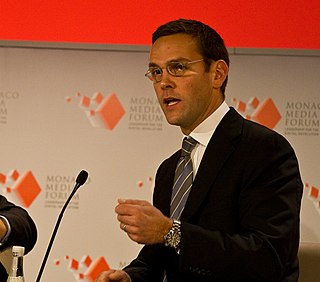A Quote by Clayton Christensen
Watching how customers actually use a product provides much more reliable information than can be gleaned from a verbal interview or a focus group.
Related Quotes
I think a much better use of time and resources is to really focus on your existing users or customers and figure out what changes can you make in the Web site, the service, the product, whatever, to get them to come back more often to generate that repeat business and once you kind of figure out that formula, then when you get new customers the whole thing just kind of grows exponentially.
To gain paying customers you'll need to focus on attracting the right followers, and not just on attracting the most. Communicate often with useful information to increase your value, and focus on pitching your product in a genuine way. Make sure you have a professional web presence, and with any luck, you should start noticing your efforts pay off.
Customers are a great way to finance a business for many reasons. First, customer financing is typically non dilutive. They want something from you other than equity in your business. Customers also help you fit your product to the market. And customers will help debug and improve the quality of the product.
Our alliance with AARP provides valuable insights into the critical 50- plus consumer segment. For more than two decades, The Home Depot has delivered home improvement know-how to customers of all ages. With the help of AARP, our newest workshops will address the specific interests of customers 50 and over.
Often people say they can't base their strategies on customers because customers make unreasonable requests and because customers vary too much. Such opinions reveal serious misconceptions. The truly outside-in company definitely does not try to serve all the needs of its customers. Instead, its managers are clear about what their organization can and should do for customers, and whatever they do they do well. They focus.


































